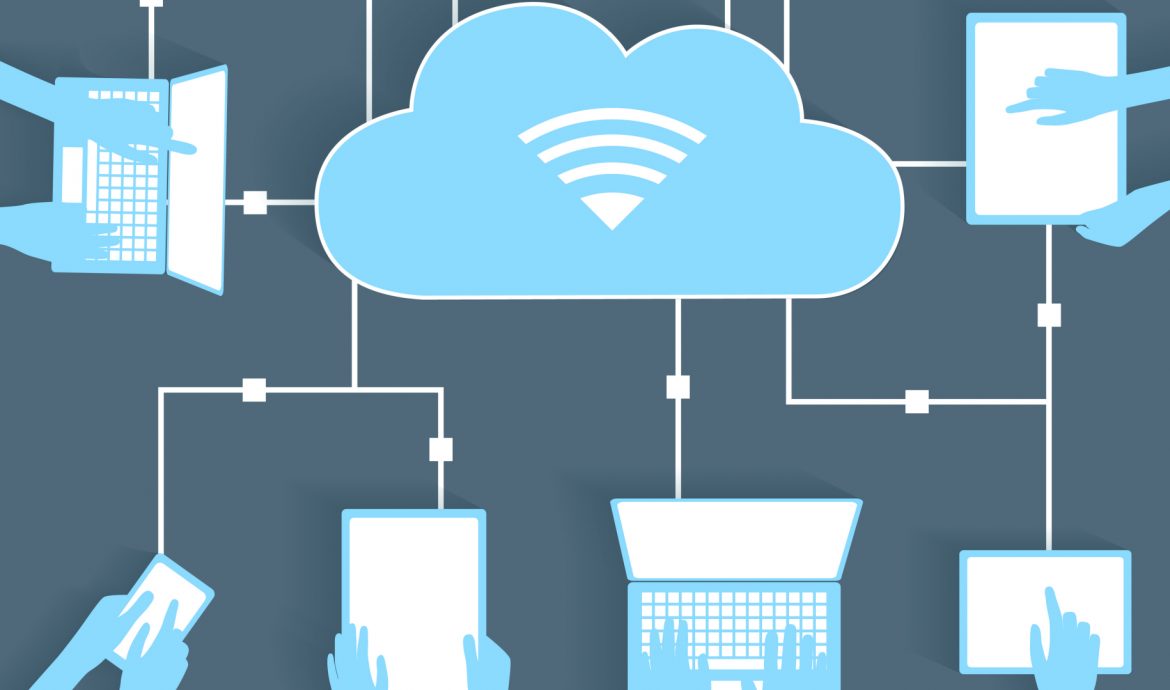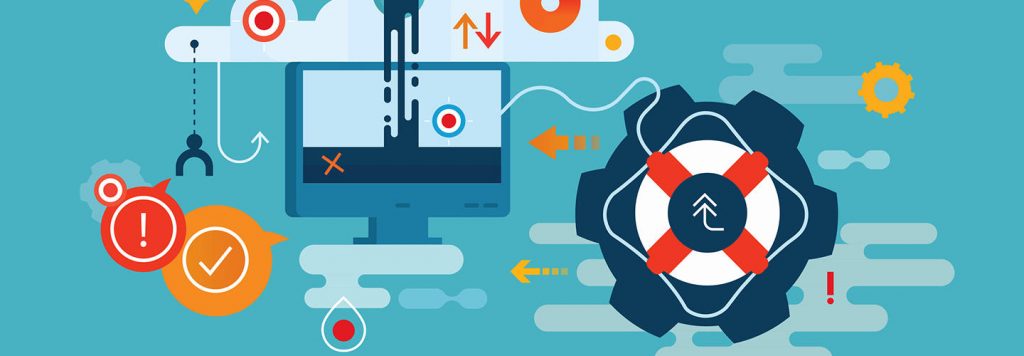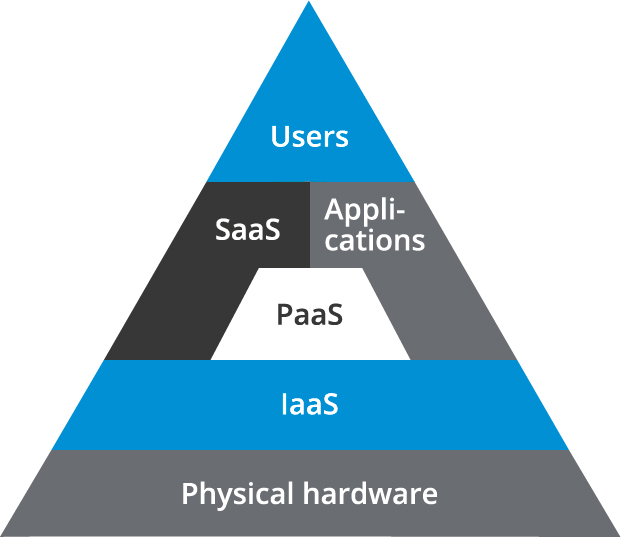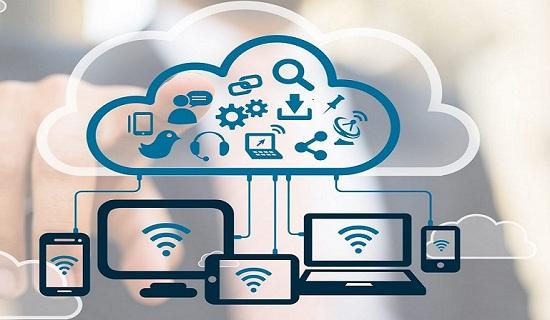
What are the cloud and cloud computing?
BlogCloud computing made a revolution in the IT area and changed the deployment process. You surely store your data in the cloud or use cloud computing in some other way. So, let’s discuss what is it, how it works, what technologies are used and how you can implement cloud computing in your company.
The term “cloud computing” is usually used to describe the interaction with all services and resources delivered via the Internet. By services, we mean virtual machines, servers, data storage, IDEs, etc. Nowadays you can receive a lot of different services you need for your project. You can read a good description of what you can get from cloud computing here: https://itsvit.com/services/cloud-computing/. And now let’s describe how cloud computing works.

It might seem like magic when you get access to multiple complicated tools in the cloud just with your laptop. But there are interesting technologies and processes under the hood, so let’s get acquainted with them.
What was before cloud computing?
If you work in the IT area for many years you might remember how “heavy” was a structure with physical servers and other devices. Data was stored on many devices. If one of them broke, information was easily lost. Also, this scheme allowed limited geographic access, unlike cloud computing. The cherry on the cake is that you needed to have a team of the IT specialists in-house to maintain all the things. Such an inconvenience led to cloud computing arising to make things better and easier. Depending on your needs, you might use different types of cloud computing. Below we will describe what are IaaS, PaaS, SaaS and what’s the difference between private, public, hybrid and multi-cloud.
Types of cloud computing services
There are three common types of cloud computing services. Each of them works in a different way and suits to a different situation.

- Infrastructure-as-a-Service (IaaS). This approach means you’ll have access to the computing resources (servers, infrastructure, databases, variable software, etc.) of the cloud provider. You can use infrastructure as you need, make your environments for software deployment, customize some tools, etc. Cloud providers give you access and maintain the hardware part. As in other models you Pay-As-You-Go (PAYG), i.e. pay only for resources you use, without overpayments.
- Platform-as-a-Service (PaaS). In this case, the cloud provider gives you access to cloud-based platforms (databases, operating systems, software environments, etc.) for your software development and other needs. You’ll need to manage the service you use and cloud provider will maintain the rest of the system.
- Software-as-a-Service (SaaS). This cloud computing type gives you access to the cloud software you need. Usually, you get access via a thin client like a website or mobile application. You don’t need to install or maintain anything, you just use the necessary tools at the time you need them and cloud provider manages all the underlying infrastructure.
Types of cloud platforms
We described the types of cloud computing services, also it is important to know what type of cloud platform you can use. There are four basic types: public, private, hybrid and multi-cloud.
- Public cloud. This is the cloud platform that belongs to the cloud provider. You can rent recourses, use storages, etc. These services can be partially free (like Google Disk) or use the PAYG model.
- Private cloud. This cloud belongs to the cloud provider or organization that uses this cloud, or sometimes to a private person. A private cloud is usually used by a government organization or by companies that need more security for sensitive data.
- Hybrid cloud. This is a mix of two previous types. You can store sensitive data in the private cloud and other data in the public cloud, for example. Using a hybrid cloud you can increase cost-efficiency by using a cheaper public cloud for resource-intensive workloads.
- Multi-cloud. In this type of cloud, you might use services from different cloud providers. Usually, this approach is useful for the legacy systems when the whole cloud migration to one provider is hard or impossible. Thus, data can be stored on the cloud from one provider and the software can run on another provider’s cloud.

Do you need cloud computing and cloud migration?
You might notice that cloud computing is quite a flexible instrument. You can use different models and types customizing your cloud environment for your company’s needs. We described only the basic things and there are multiple tools for making your business more profitable, scalable, cost-efficient and competitive. Cloud computing can be useful for businesses of all sizes and almost in all areas.
After all the information, you might still have a question of how to implement all these useful stuff to your workloads. Well, the easiest way is to hire a Managed Service Provider (MSP) with appropriate experience and a reliable team of specialists. The experienced MSP will choose for you the best way of cloud computing implementation, thus you’ll just reap the benefits!

